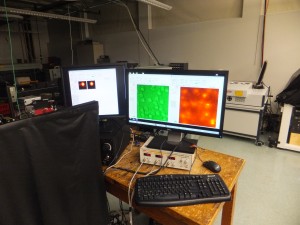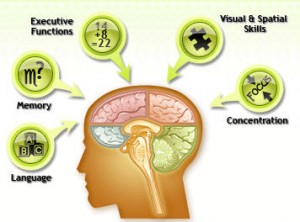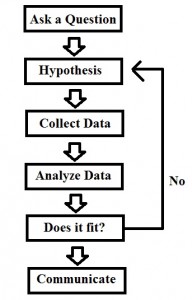What do you think is the smallest scale visible through a light microscope? Bacteria in micrometers? Guess again. The answer is thousands of times smaller. Last year, a Nobel Prize in Chemistry was awarded for the development of super-resolved fluorescence microscopy, which brought the imaging scale down to nanometers (billions of times smaller than a meter). Recently, Reza Tafteh, a PhD candidate from the University of British Columbia further improved on this technique. The specific version of super resolved microscopy Reza improved on is called single-molecule localization microscopy (SMLM), and it allows scientists to image deeper into a target cell with greater accuracy. An interview with Reza is available in this podcast:

The computer system used to operate Reza’s microscope, photo credits: Ivan Lan, Reza Tafteh
As Reza explained in the podcast, SMLM achieves high resolution through image reconstruction. Imagine looking into a traditional microscope like looking down on the city of Vancouver at night from an airplane above. It is hard to tell the contour of the city with the limited lighting. Using fluorescence on the target sample is like turning on the building lights in the city, allowing us to observe things that aren’t normally visible under the moonlight. Now imagine that these lights are constantly on and extremely bright. If the location of the lights are too close together, many of them may seem blended with each other. This makes it harder to tell apart (or resolve) smaller structures such as narrow streets from one another; which in this case is like trying to resolve narrow structures within cells. SMLM reduces this effect by turning the lights on and off at different times for different parts of the city, which you can find more details in the podcast and the video.
However, the traditional SMLM technique isn’t perfect. Alongside major limitations in stability mentioned in the podcast, another major limitation is the distortion of an image caused by changing refractive indices through several different media, just like a pen appearing bent when inserted into a cup of water. Refractive indices varies from the cover-slip to the media (the substance the cell is placed in for imaging), and from the media to the cell.

Refractive Index difference causing image refraction. Source:Flicker Commons, Author: Mohammad Tajer
Reza Tafteh has improved on both of these limitations. His approach can produce stabilized images with reduced distortion when imaging deep into samples. Here is a video of him demonstrating his stabilization technique.

Reza is now trying to push the limits of SMLM even further, he sets his eyes on improving the technique’s inability to image live cells, while continuing to increase the resolution and clarity of microscopy images. It is exciting to think that specific cellular structures such as heart cell calcium receptors can be observed in unprecedented detail. It is not hard to imagine the many biological fields that can benefit from this microscopy technique. Reza’s improvement on SMLM can potentially lead to better understanding of molecular biology, which may one day lead to new treatments for diseases such as central core disease.
Music and sound material used in podcast:
- Ping by AiAE Channel
- Heartbeat by BerlinAtomspheres
- Town Clock Striking by Sound Effects
- Far Too Loud by BOmBAxitO
- A Media Luz by Astor Piazzolla (iTune)
- The Day It Rained Forever by Aurora (iTune)
A sincere thank you to Reza Tafteh for participating in this project.
By: Group 3, Brian Cheng, Esther Lo, Ivan Lan, Sainan (Stephanie) Liu

 credits: http://guardianlv.com/2013/08/researchers-develop-mind-control-using-the-internet-video/
credits: http://guardianlv.com/2013/08/researchers-develop-mind-control-using-the-internet-video/










 Ant carrying larva during raiding.
Ant carrying larva during raiding. Photo credited to Wondergressive: Ants fighting during raiding
Photo credited to Wondergressive: Ants fighting during raiding







